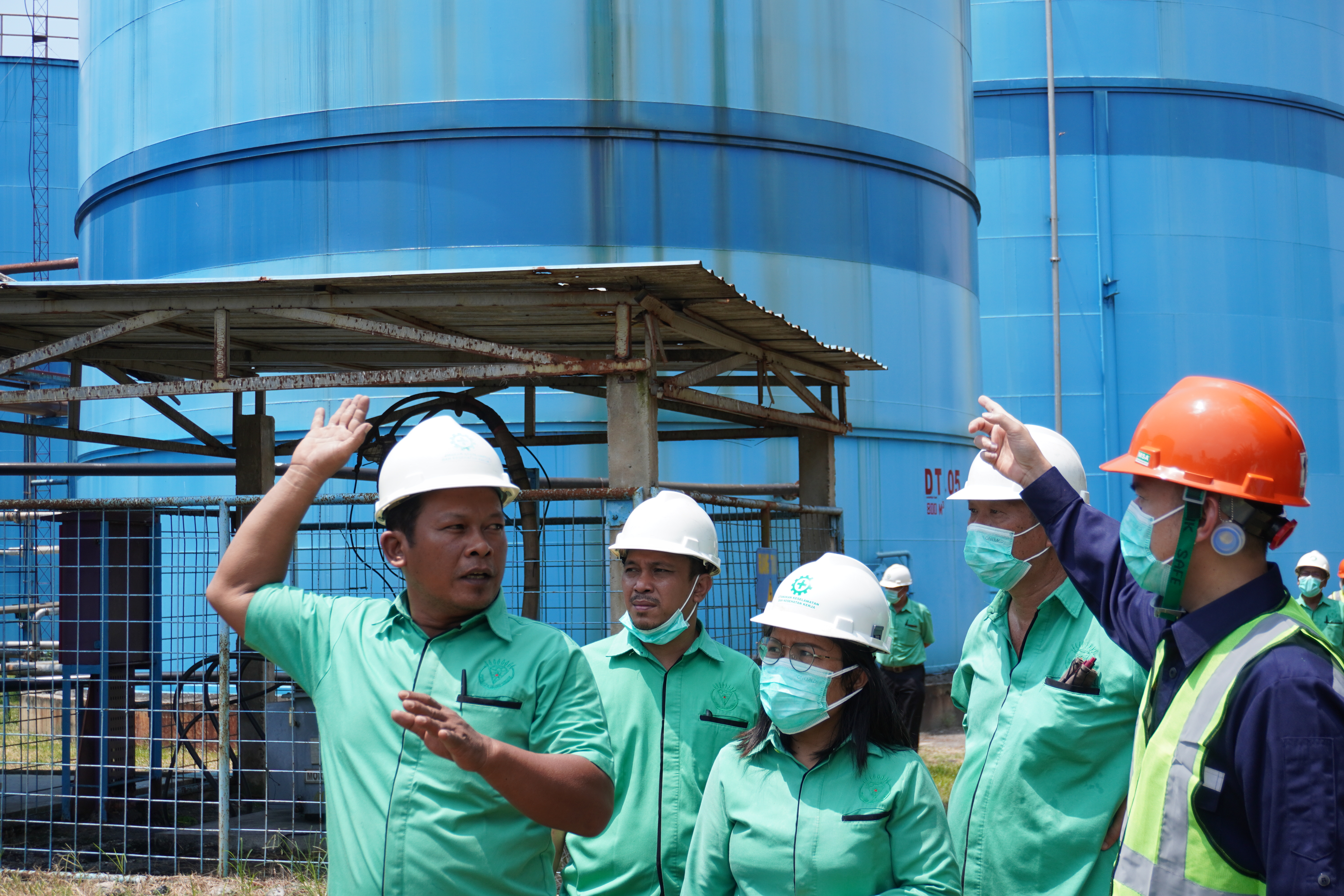Summary
The Indonesian government aims to establish its inaugural nuclear power plant (PLTN) on Gelasa Island, Bangka Belitung, by 2032. The 500-megawatt PLTN, developed by PT ThorCon Power Indonesia, represents a significant milestone in Indonesia’s energy infrastructure. Prahoro Nurtjahjo, the Energy and Mineral Resources Ministry’s Head of the Human Resources Development Agency, emphasized the necessity of preparing both technology and the operators’ competencies to run the nuclear power plant.
Prahoro said the Energy and Mineral Resources Ministry has implemented several strategic initiatives, including forging collaborations with the International Atomic Energy Agency (IAEA). “This represents a new frontier for us in Indonesia. We’re poised to encounter challenges beyond the technological realm, delving into the intricacies of social considerations,” he stated on Jan 19. Wielding authority over technical policies, the ministry is also partnering with the National Research and Innovation Agency (BRIN) to prepare the supporting technologies for the planned nuclear power plant.
Our View
The Indonesian government has devised a new strategy to drive the development of nuclear energy, one of which involves the establishment of the Nuclear Power Plant Acceleration Team. President Joko Widodo appointed Coordinating Maritime Affairs and Investment Minister Luhut Pandjaitan as the team’s chairperson, overseeing the preparation and execution of nuclear power plant construction. Simultaneously, the Energy and Mineral Resources Minister has formed a team to prepare to establish the Nuclear Energy Programme Implementing Organization (NEPIO), a prerequisite for a country’s nuclear energy development.
In the government’s view, forming these teams is crucial to break through the impasse in nuclear energy development. Indonesia has had initiatives for nuclear energy development, including constructing several reactors since the 1960s. However, challenges arose when transitioning to developing large-scale reactors, ranging from cost limitations to site selection issues. Site selection becomes pivotal as it consistently faces resistance, with concerns from the public regarding the safety of nuclear power plants, making it difficult for the government to make decisions.
A recent breakthrough occurred after the government included nuclear power plants in the New and Renewable Energy Bill (RUU EBET), which regulates the formation of a nuclear energy council and designates state-owned companies for nuclear raw material mining, licensing, and waste storage. Various investors have emerged, such as Thorcon, which is developing thorium reactors, and Denmark’s Seaborg Technologies, offering a molten salt reactor (MSR). Seaborg even presents a solution to location issues by constructing modular floating nuclear power plants at sea.
Beyond location issues, debates also arise regarding classifying nuclear energy as a renewable energy source. Some argue that nuclear energy does not fall under renewable sources, potentially threatening energy transition projects focusing on geothermal, solar, wind, and hydropower. Luhut’s leadership in the team is expected to address these challenges while ensuring a smooth implementation of investor-driven projects.
For years, Indonesia’s renewable energy pricing remained unattractive to investors. Electricity sourced from renewables barely competes with artificially cheap electricity from coal plants, which benefit from government subsidies and compensation, both payable to PLN for keeping the prices low. If removing the subsidies is not an option for the sake of popularity and to maintain economic stability, then the government must remember that it has the option of leveling the playing field by simply doing the same for renewable energy. To date, Indonesia has also remained adamant in mixing manufacturing policy into the pursuit of developing renewables. Instead of killing two birds with one stone, in reality it just slows everything down. Businesses have complained how hard it is to meet the local content requirement (TKDN) or to find local industries able to produce the components at the cost and quality they require. Indonesia has accepted a similar situation when it comes to electric vehicles, with the government finally allowing imported vehicles to come in first to create demand, while the building of factories is left for much later on. The same thing can happen with renewables, as investors have the right to ask, why bother setting up manufacturing facilities in Indonesia if there is little or no demand for renewables? While it is true that PLN and the government are devising a far greener long-term electricity procurement plan, retiring early coal plants should still be considered as they have contributed to the country’s electricity oversupply, the effect of which has also prevented green electricity from coming into the grid. This includes not just waiting for foreign funding to become available, but the state budget could also come into play in speeding up this process. The government ought to realize that the country’s slow renewable development will only hurt us all in the long run. More and more consumers across the world are favoring products manufactured using green power and Indonesia’s slow transition will only cause the country to lose demand, especially if it is serious about downstreaming and exporting more than just natural resources.









